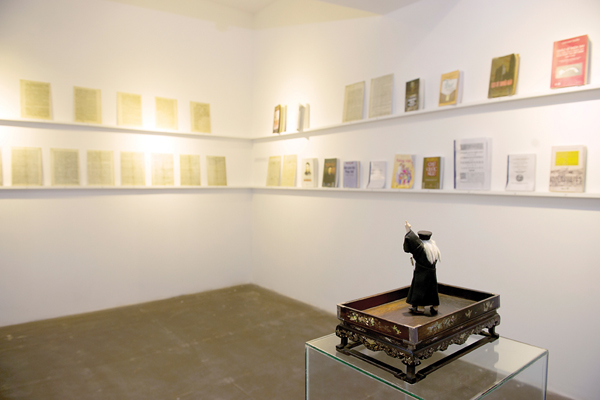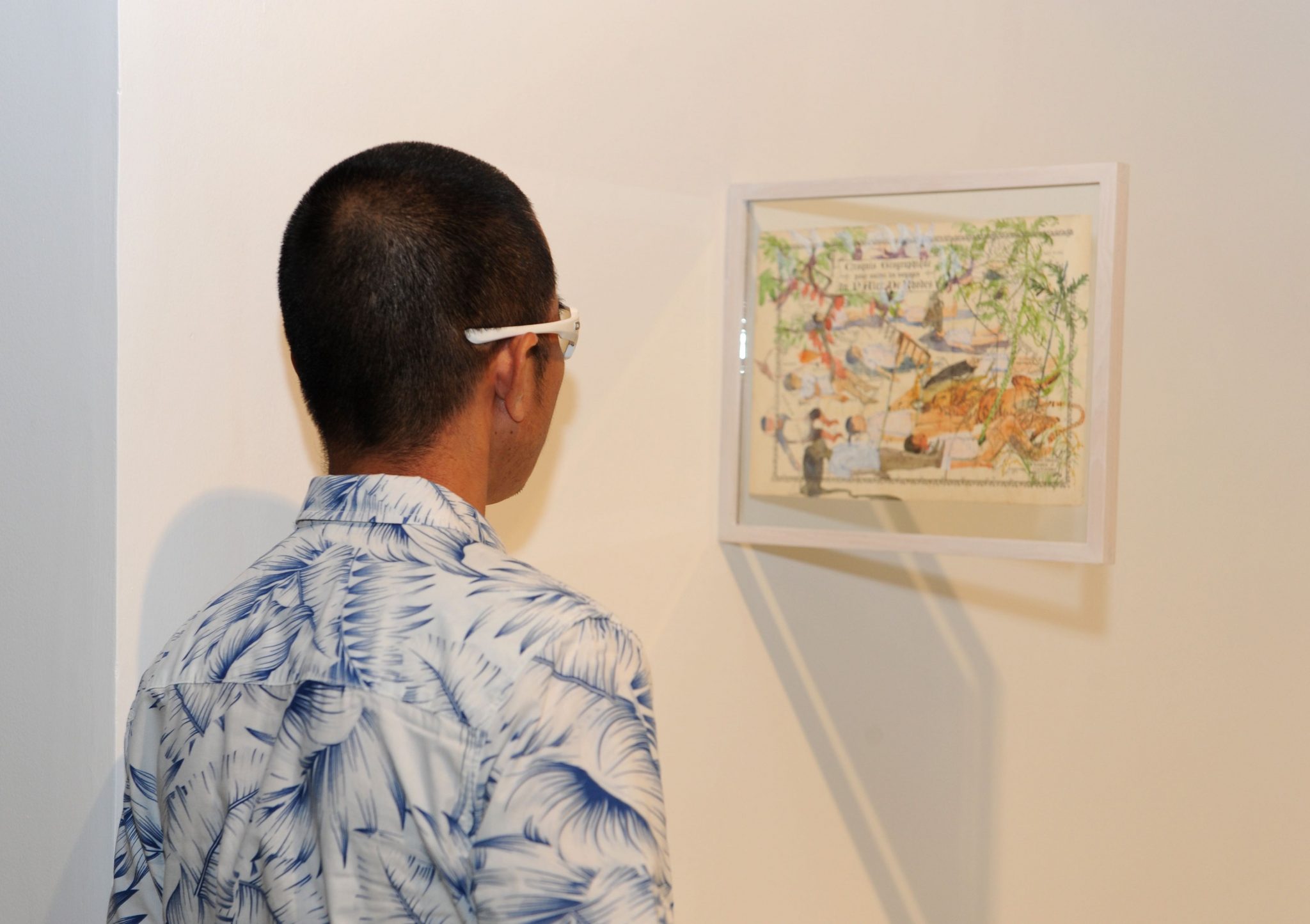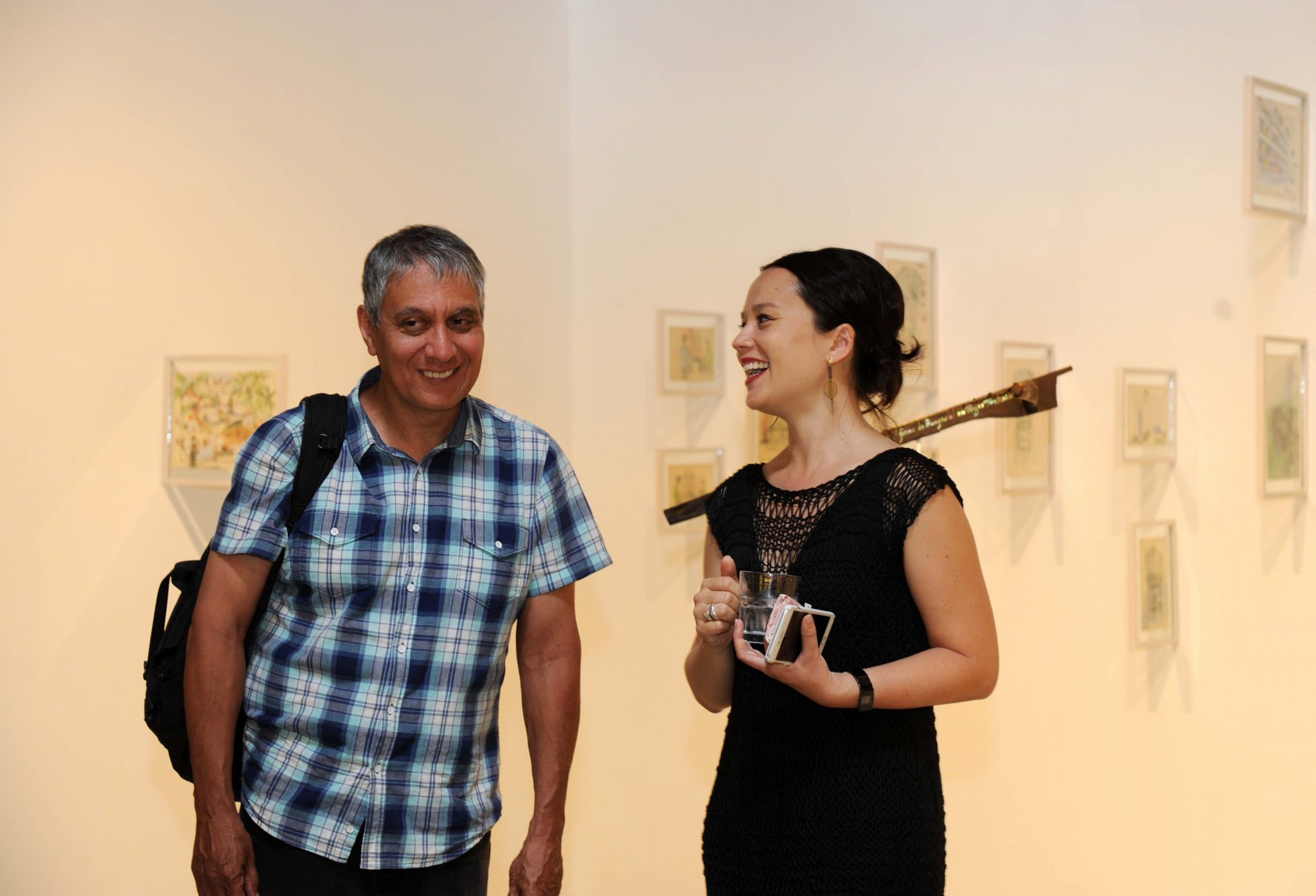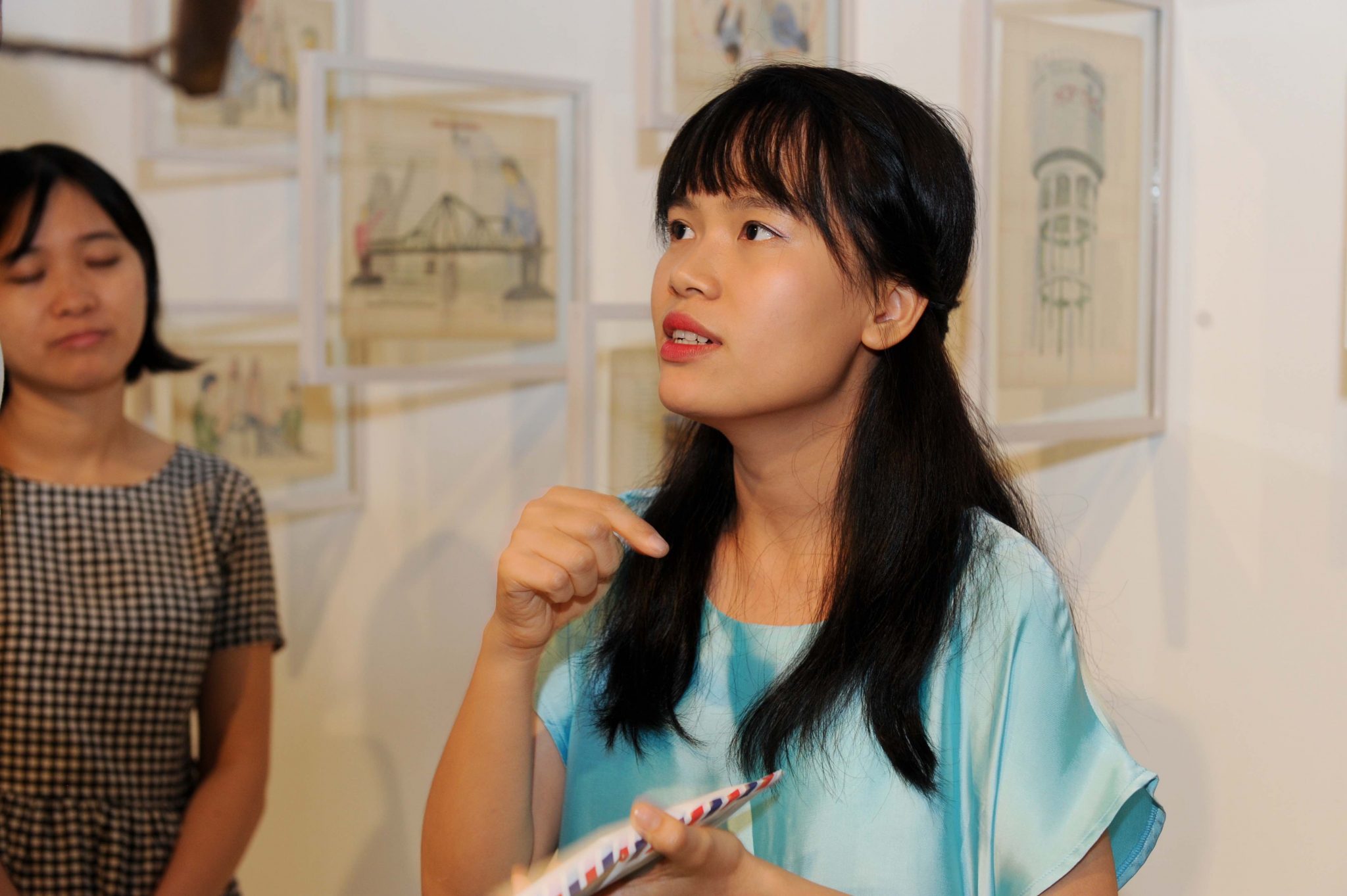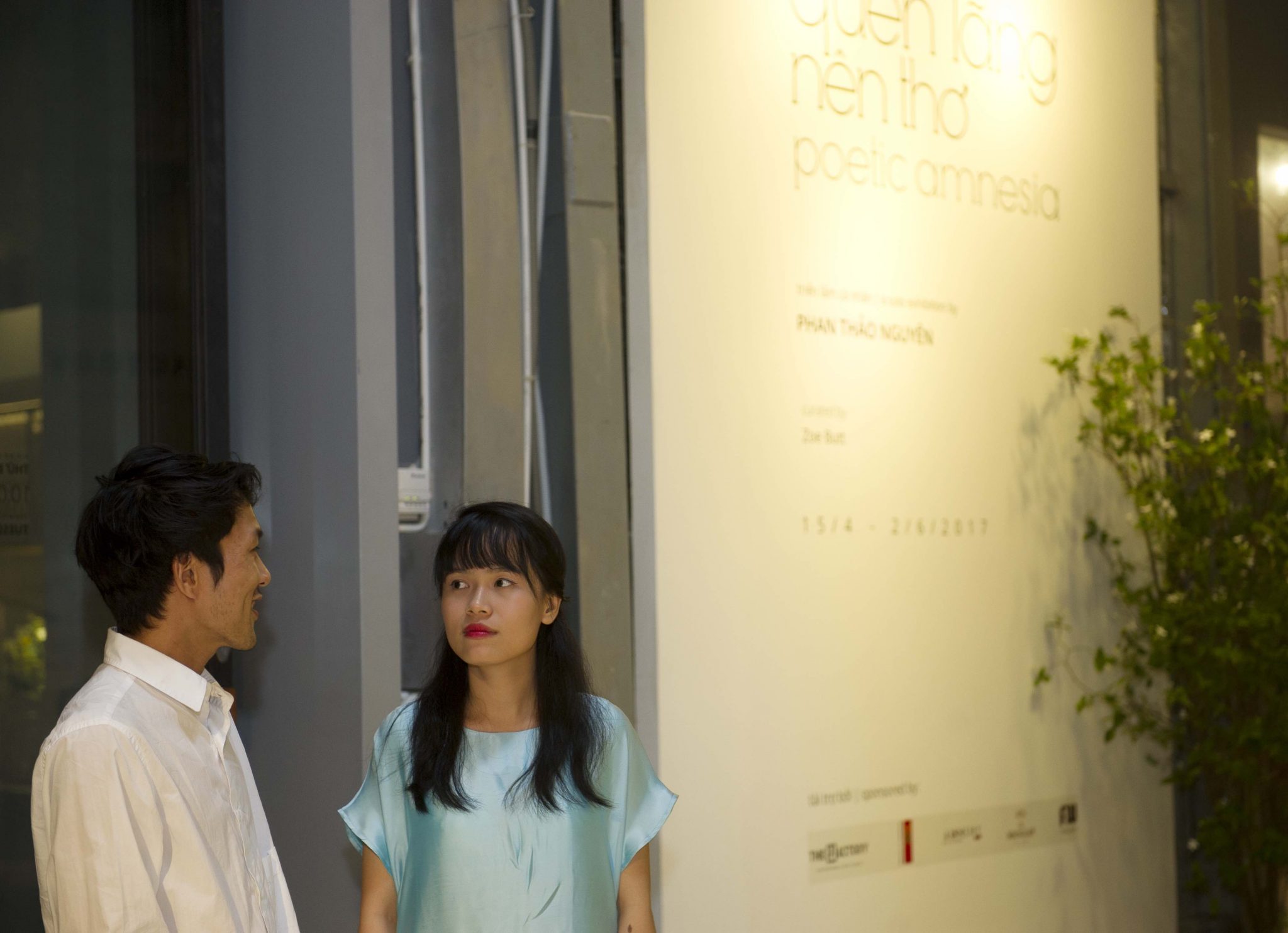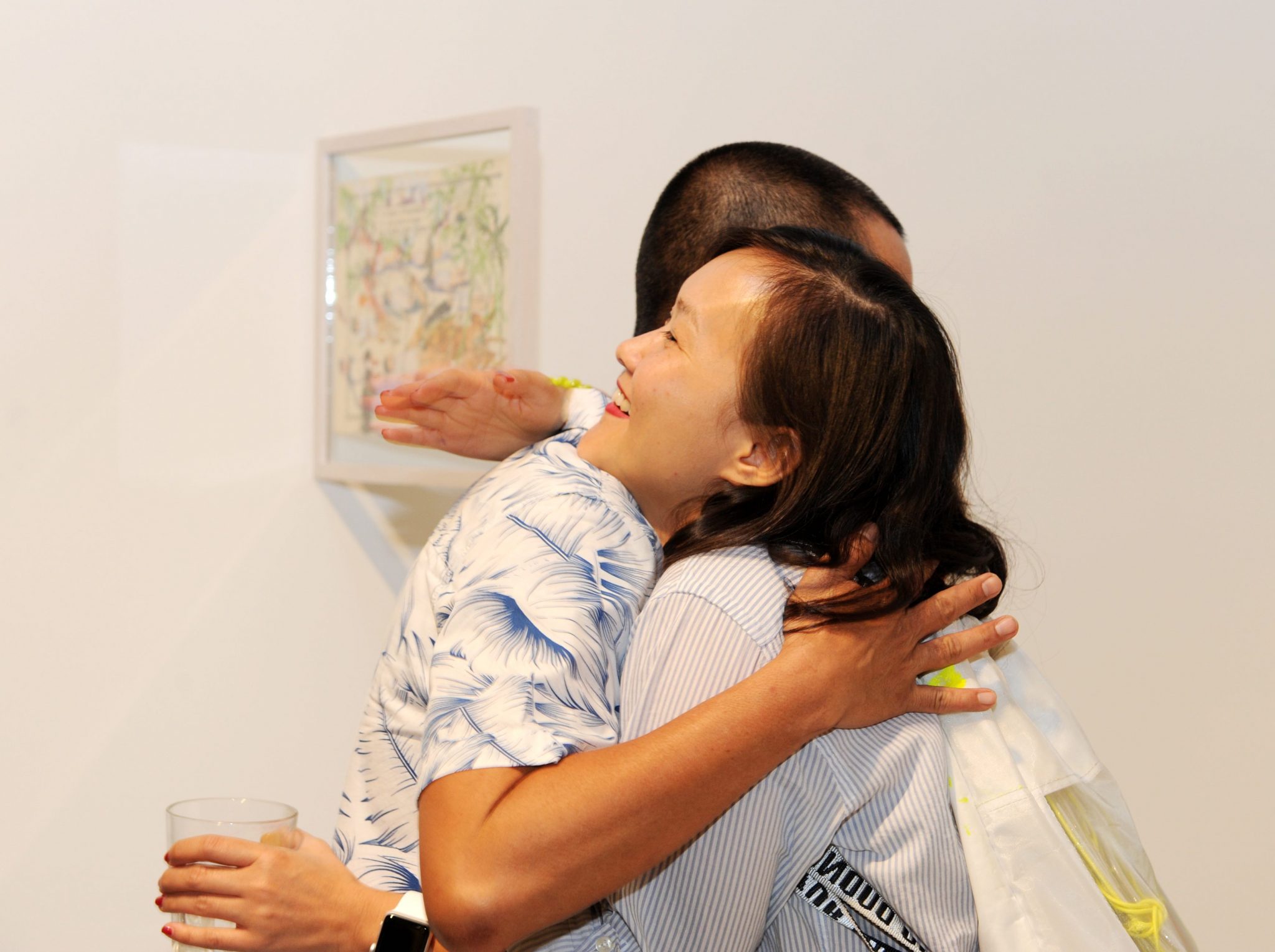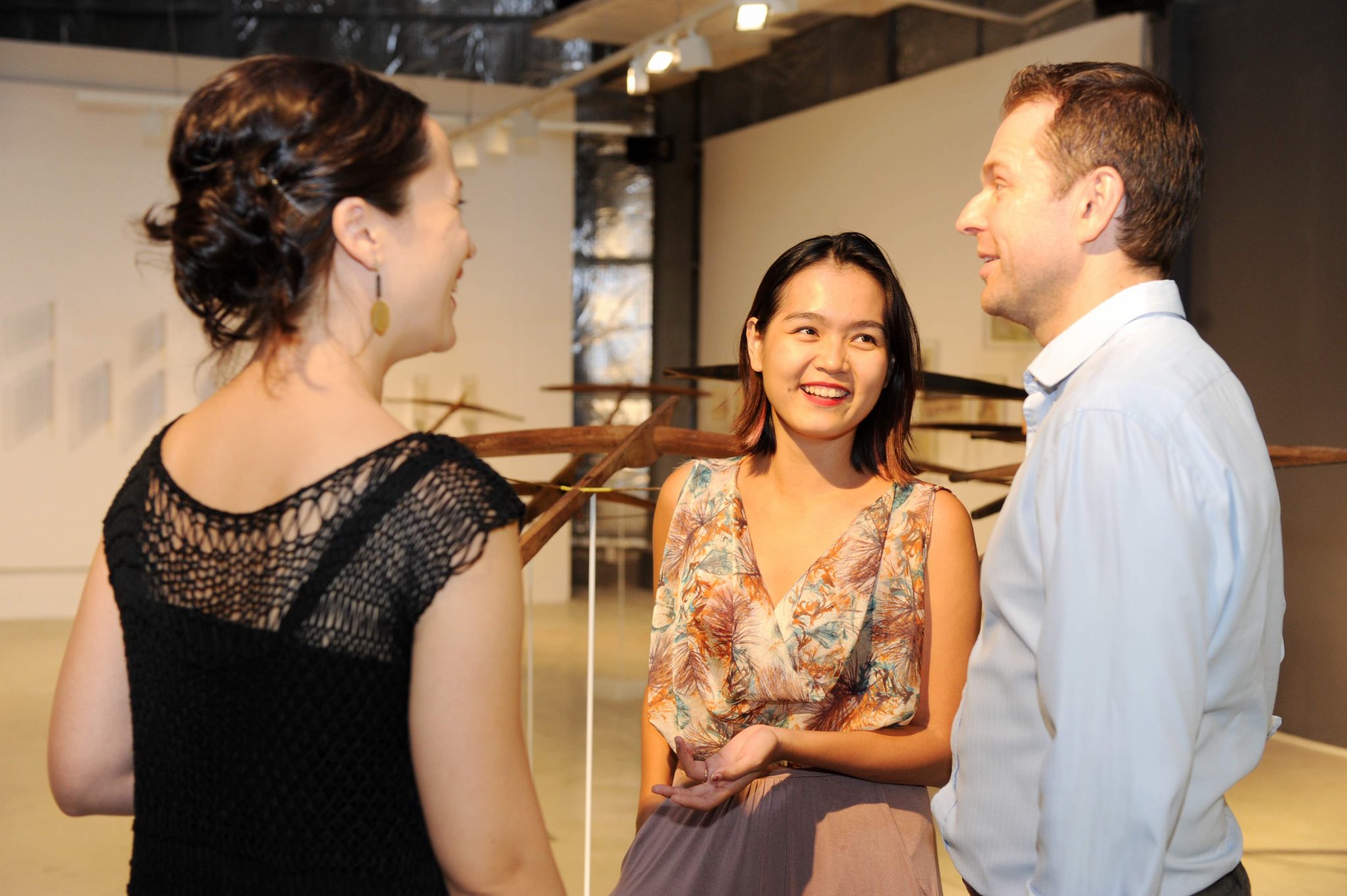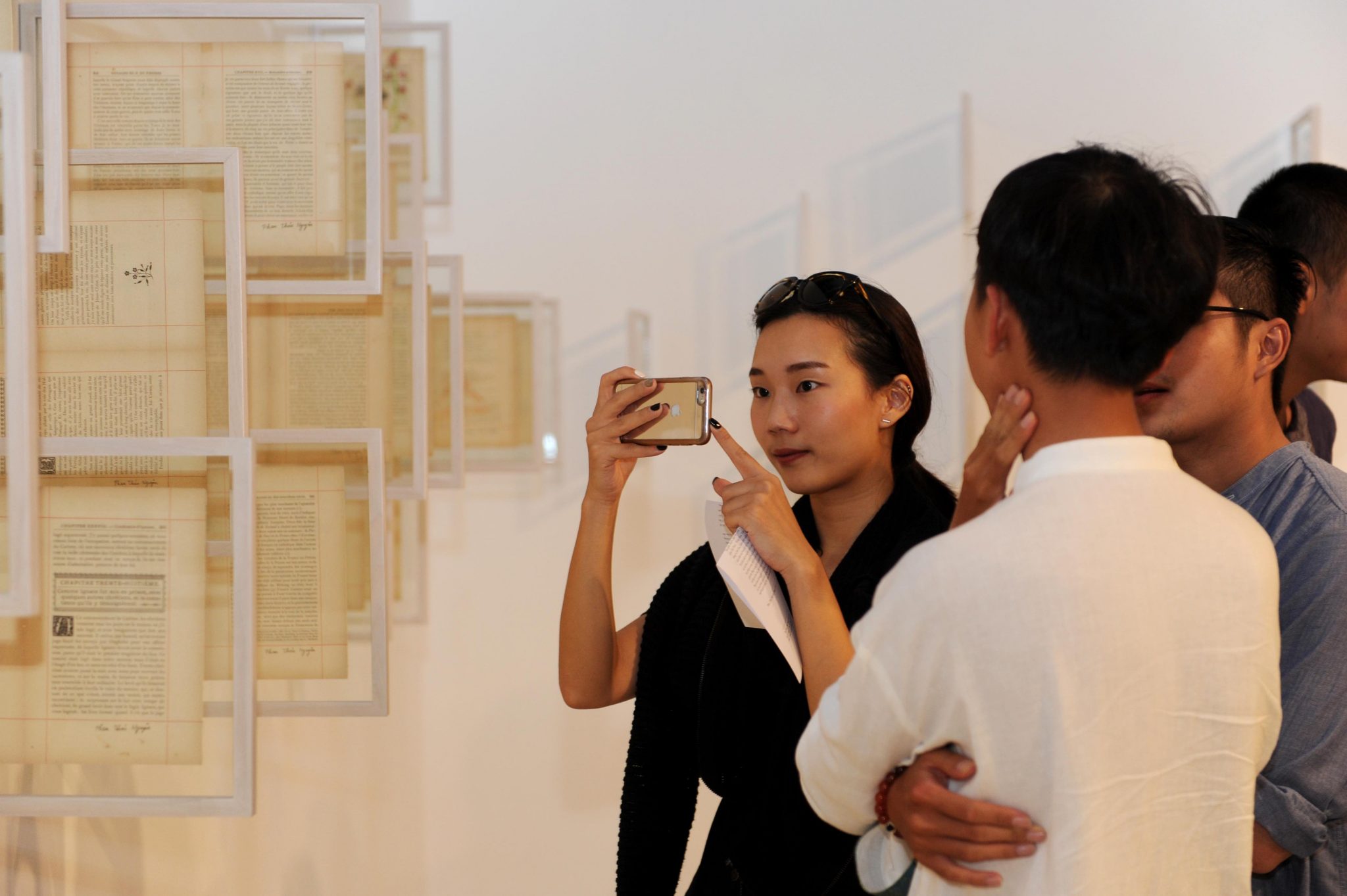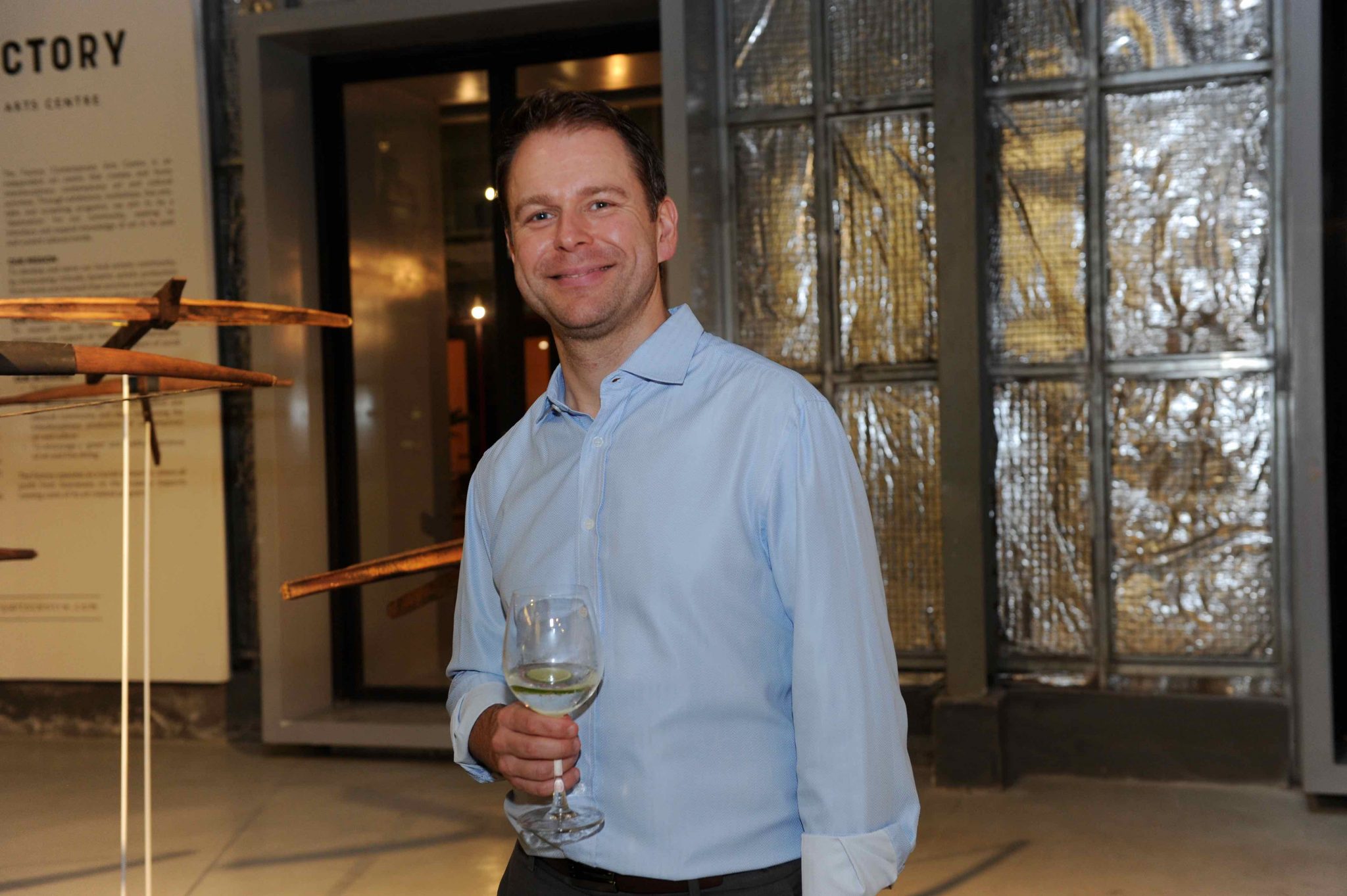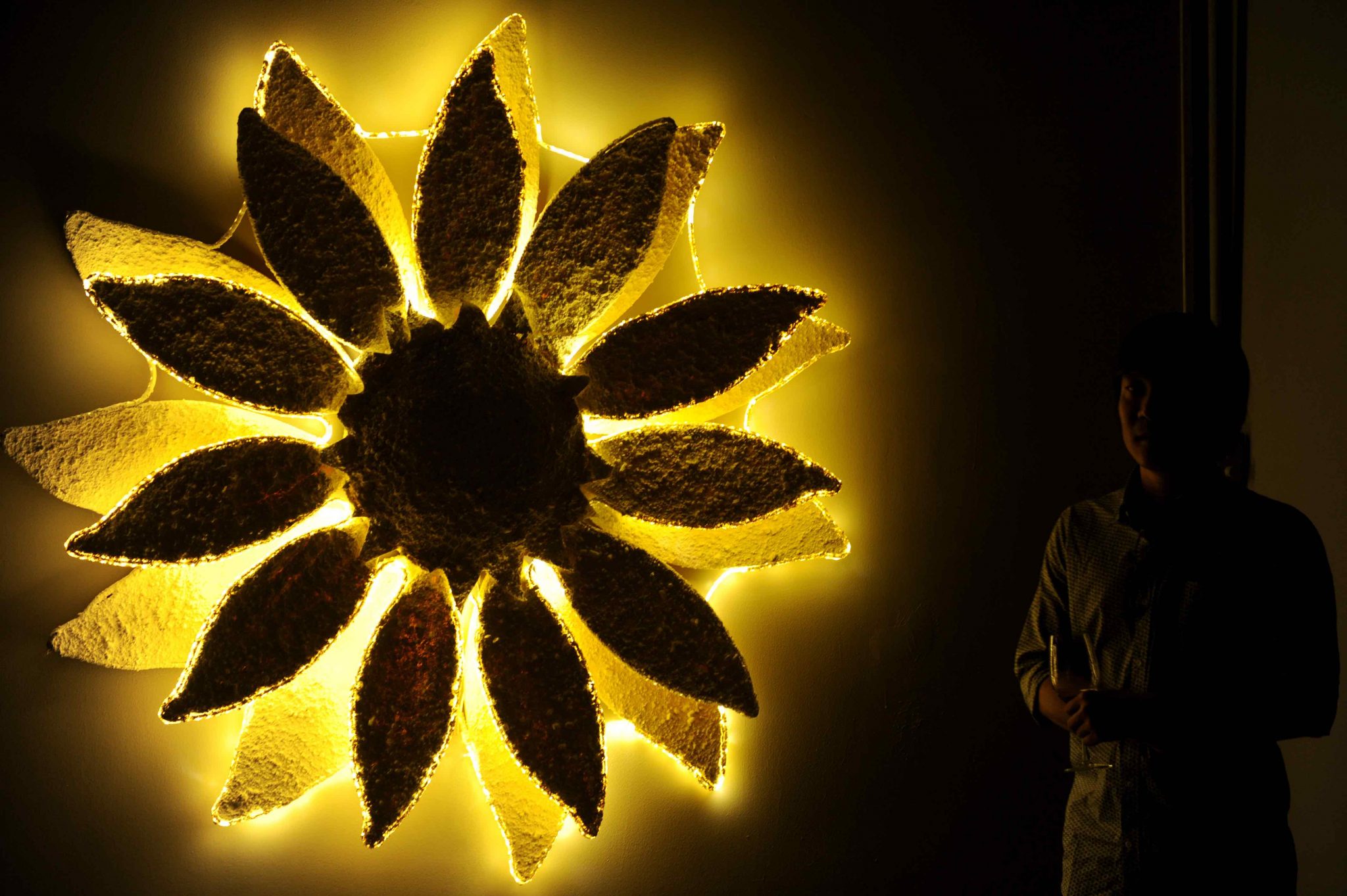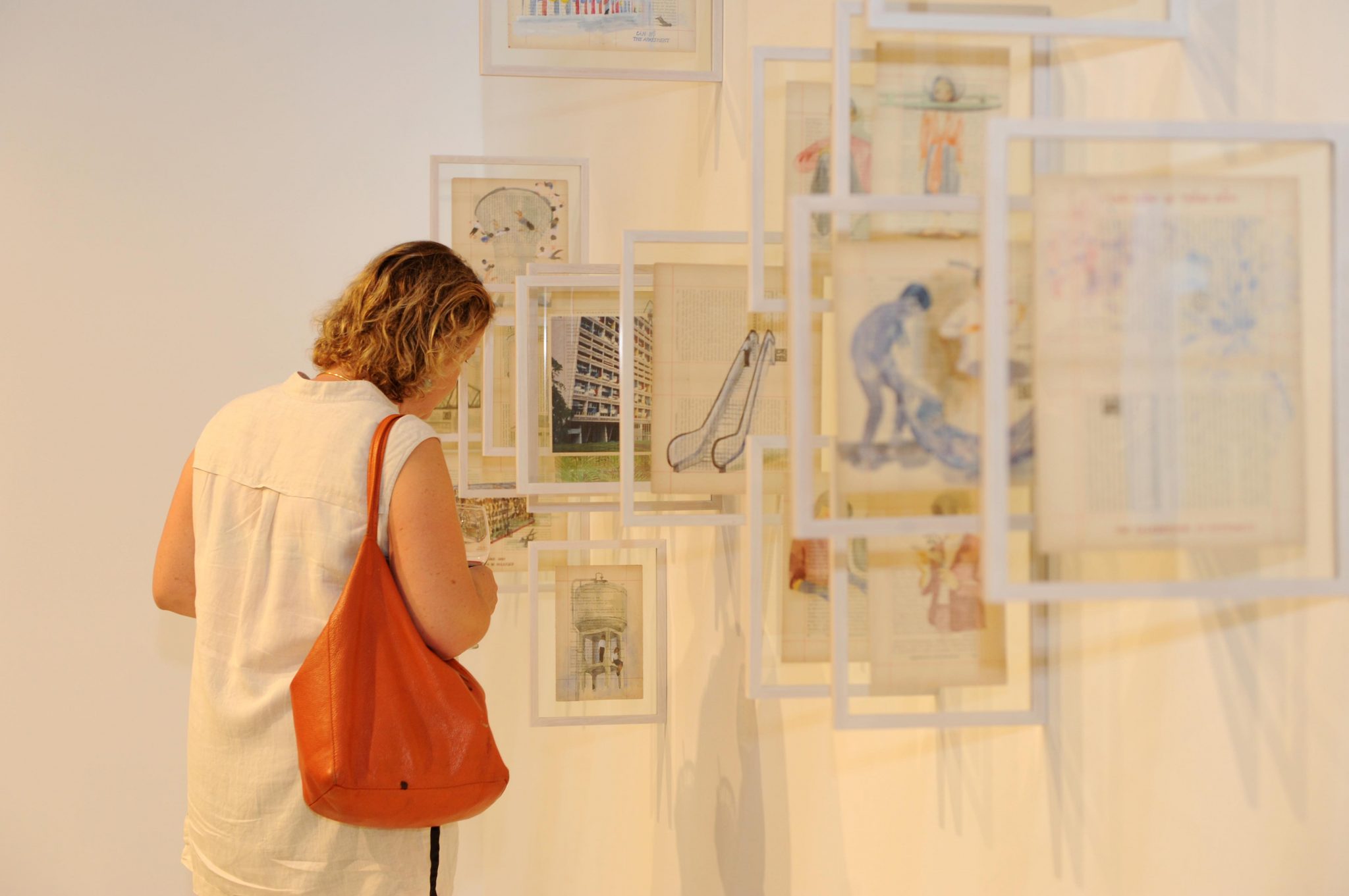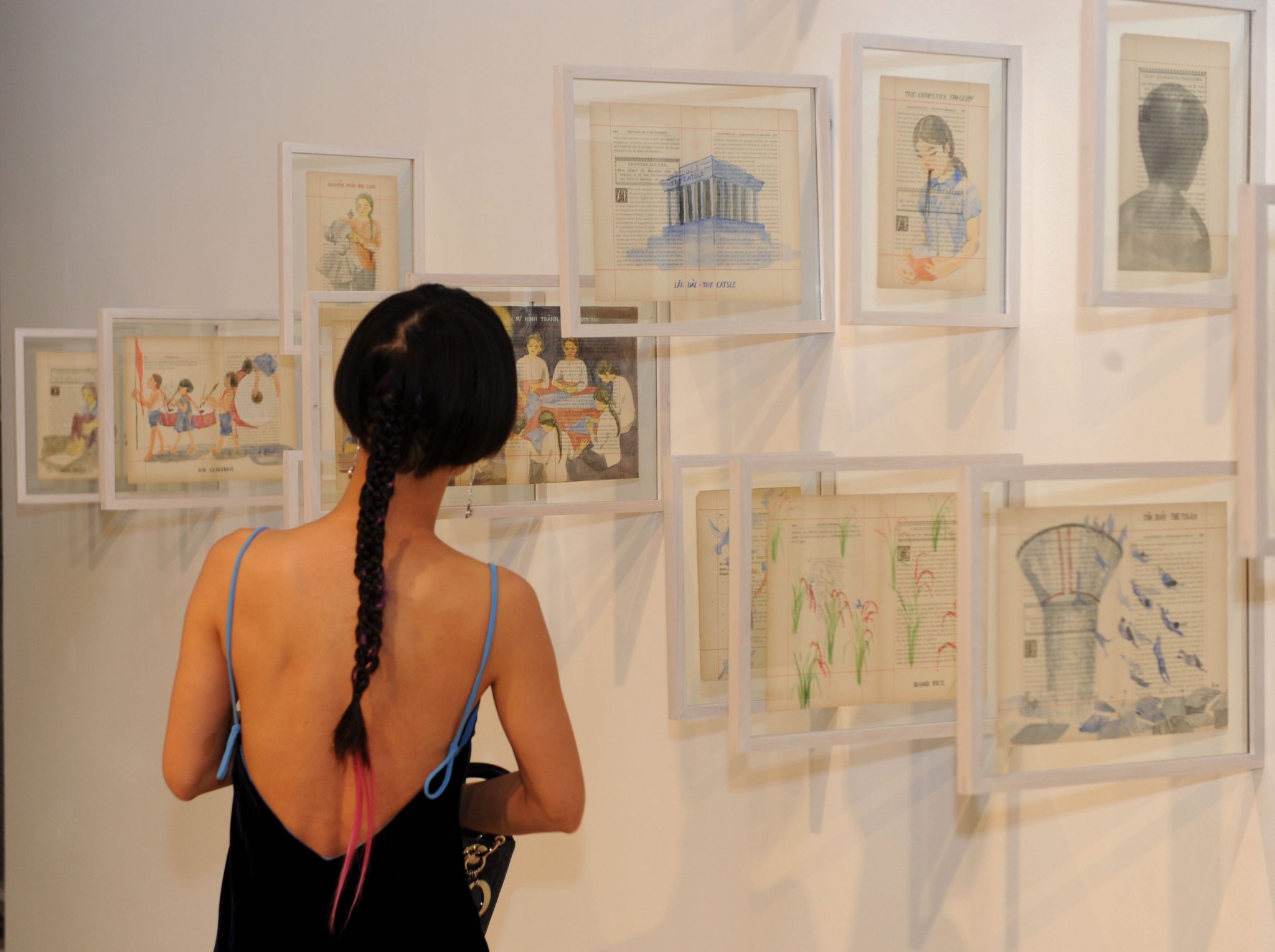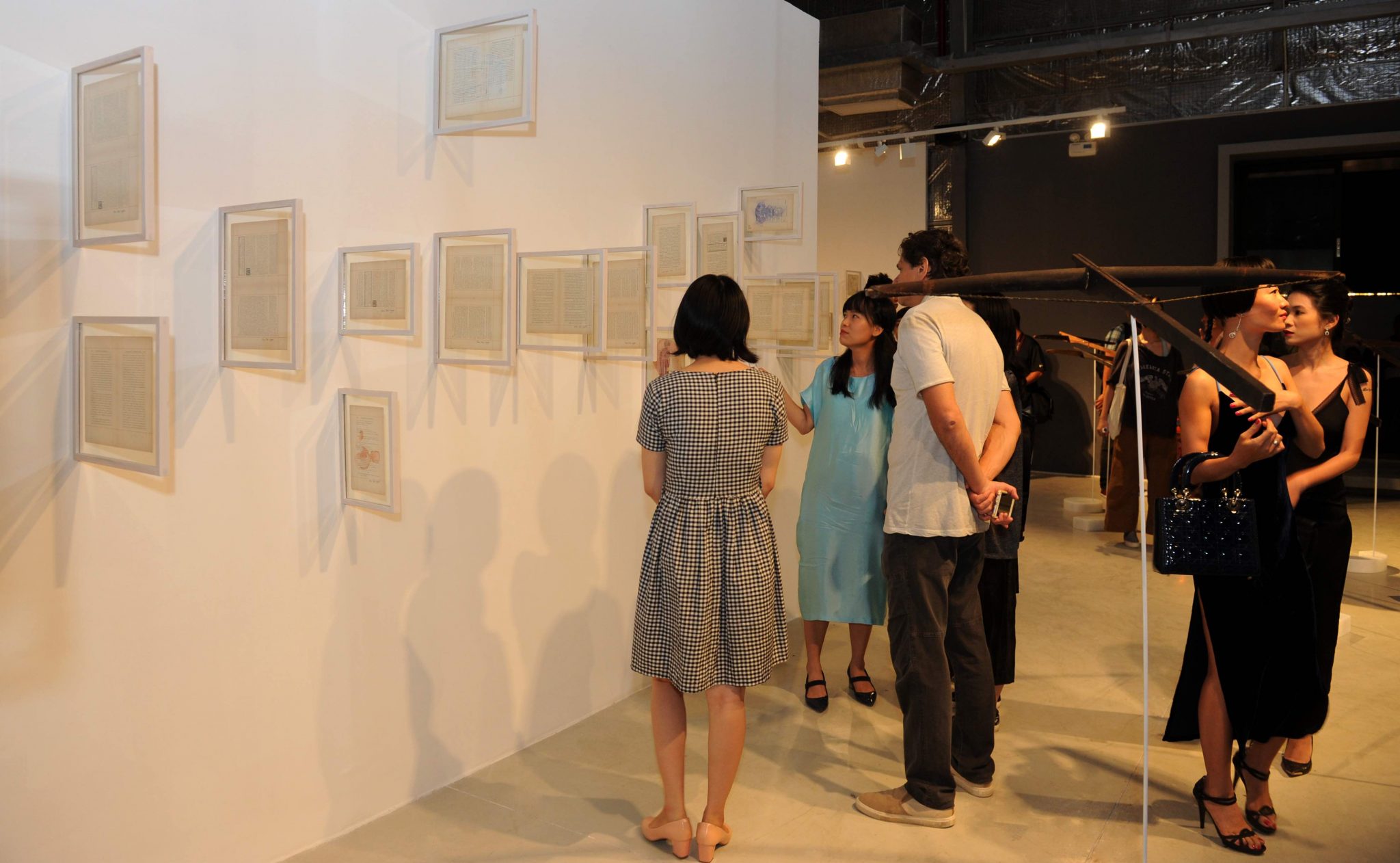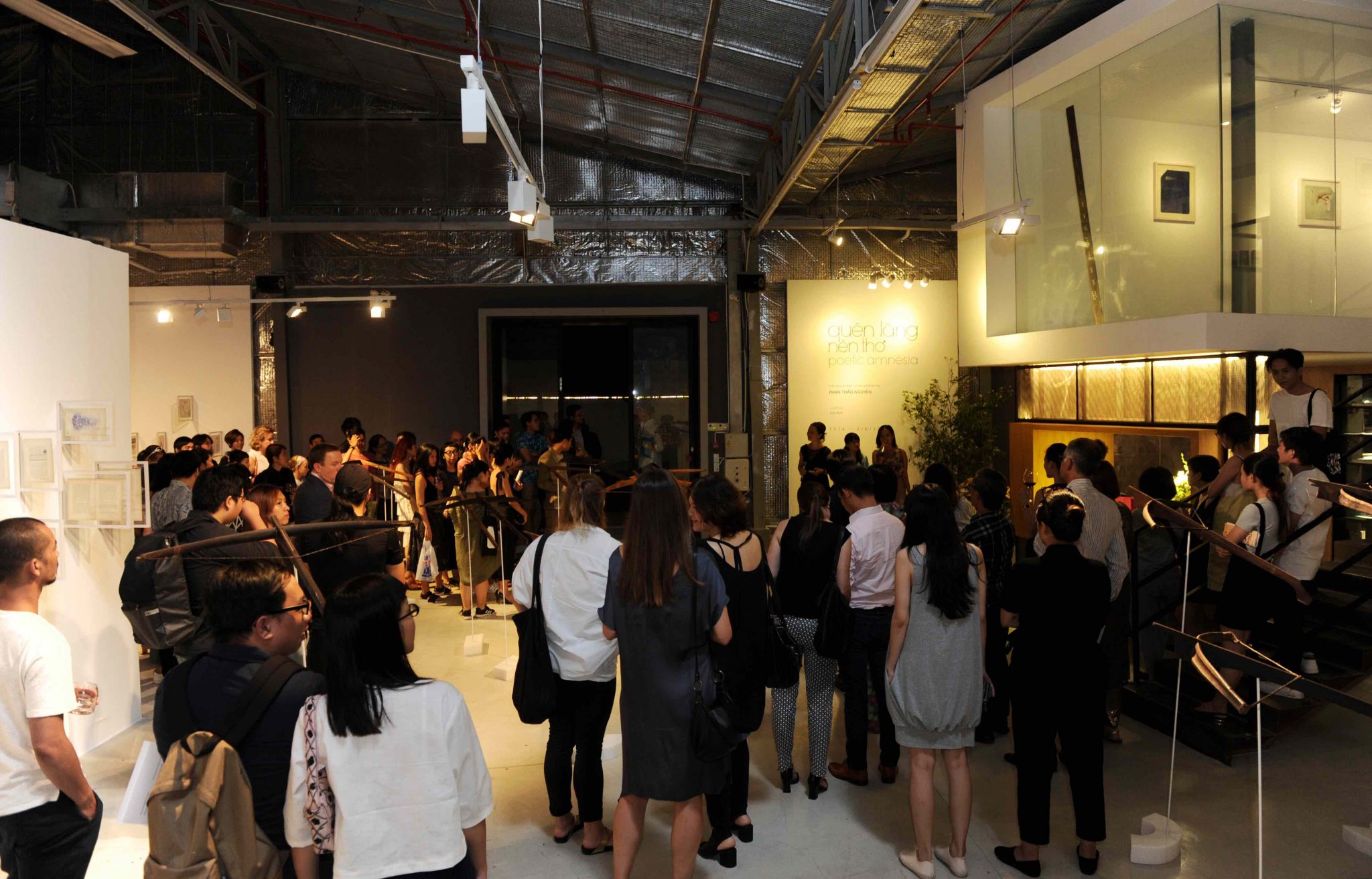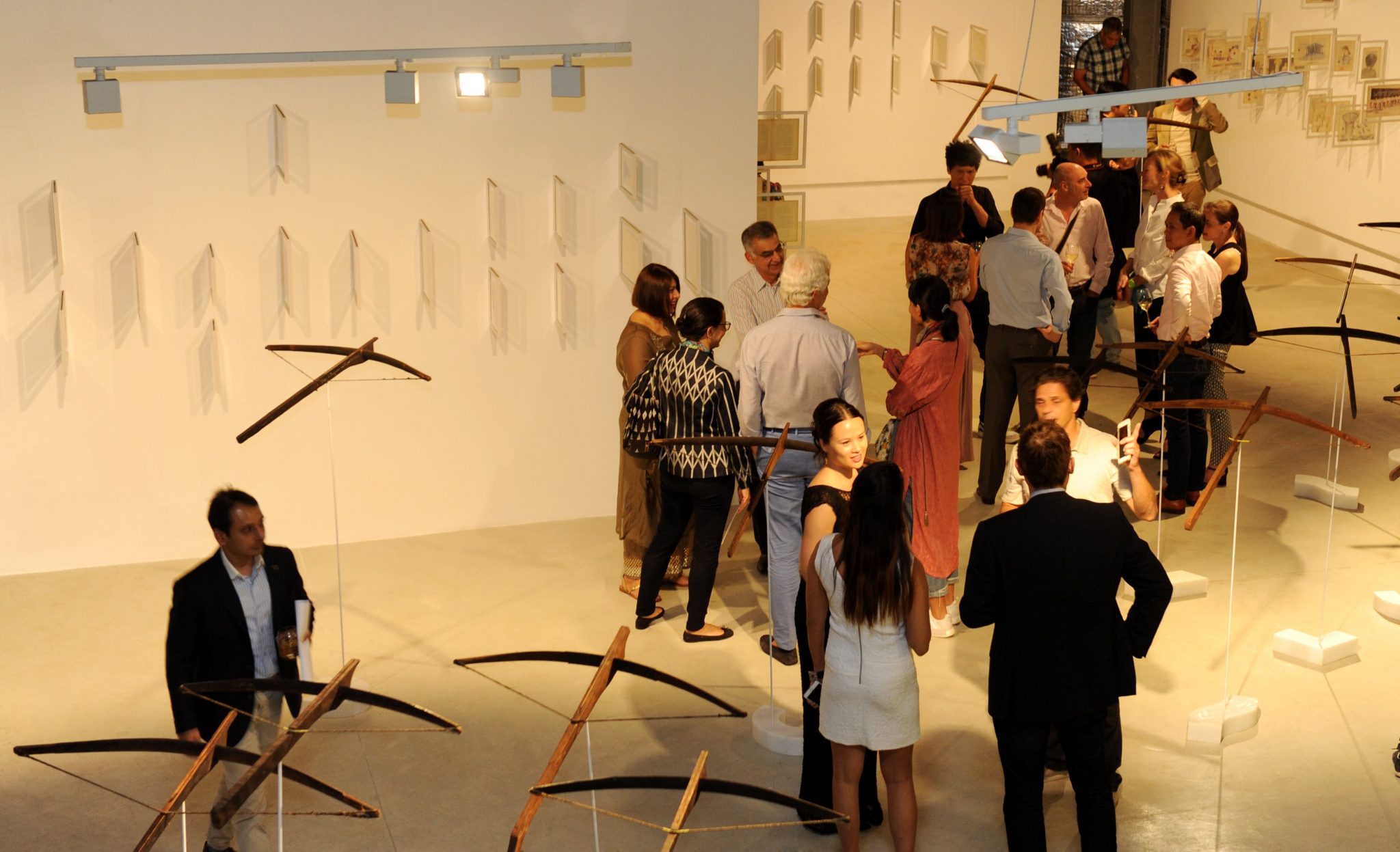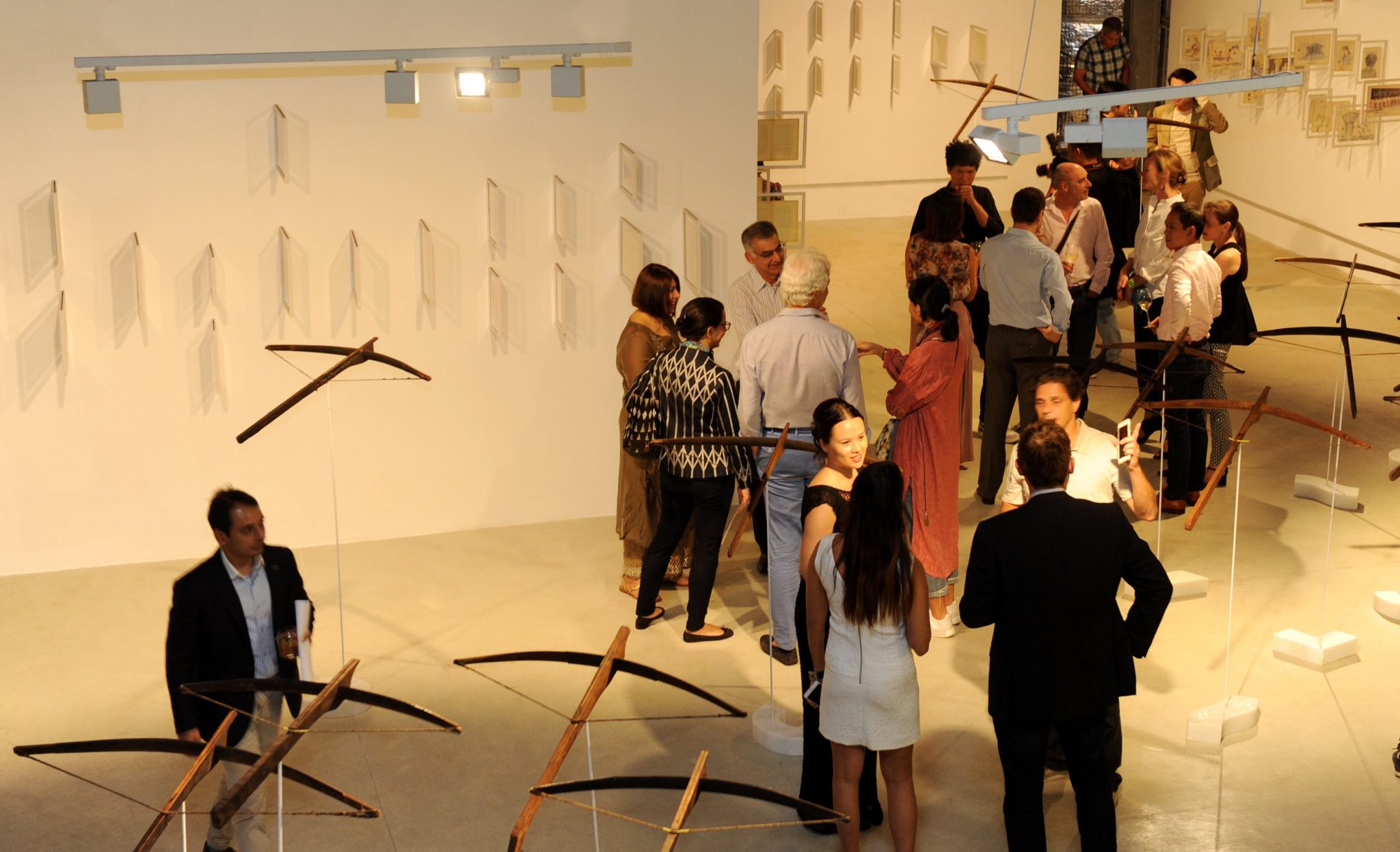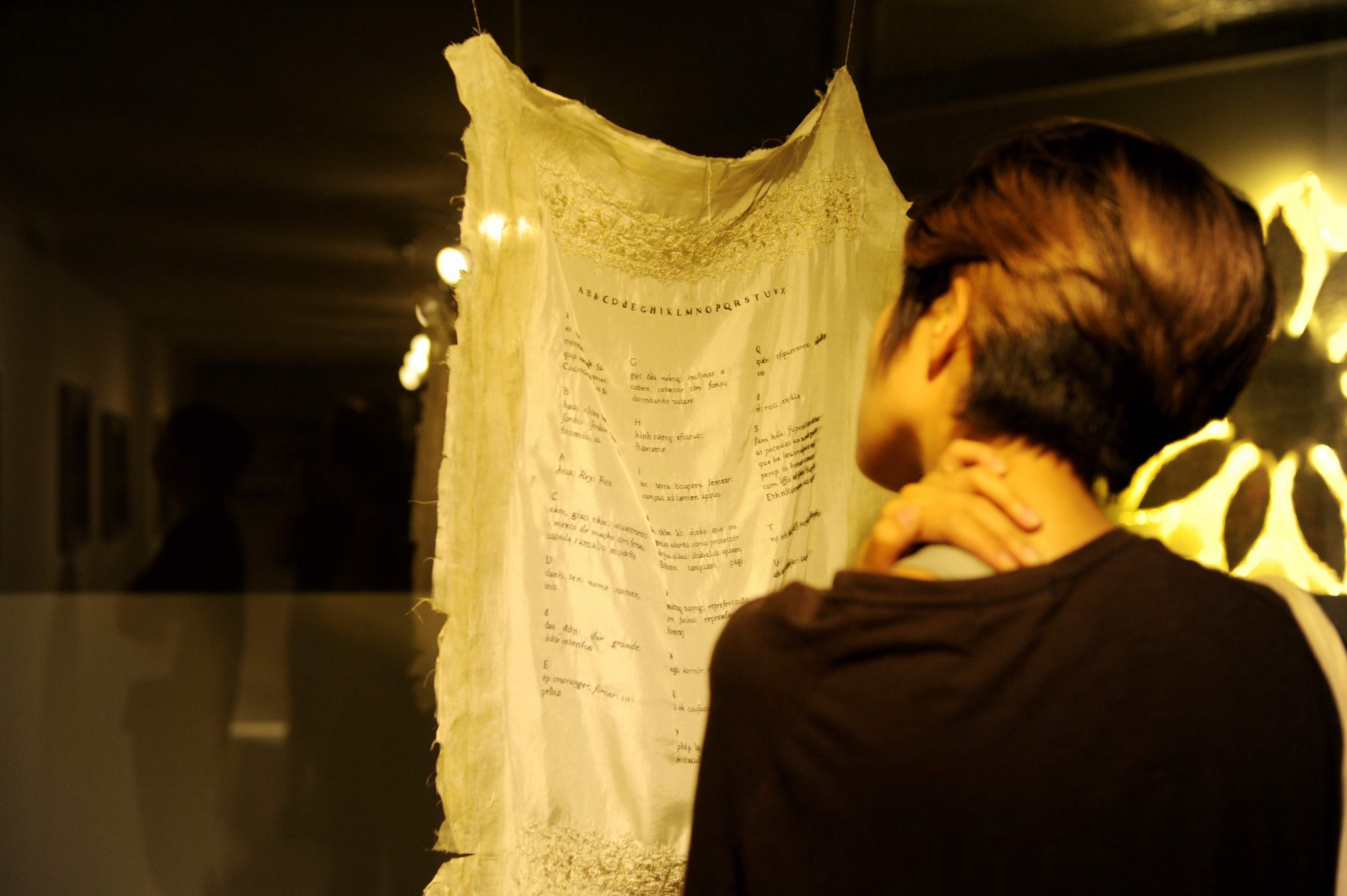The Factory Contemporary Arts Centre is pleased to present Thảo Nguyên Phan’s most ambitious exhibition to date, realized during her time participating in the Rolex Mentor and Protégé Arts Initiative as a protégé in visual arts to acclaimed American performance and video artist Joan Jonas.
Remembering a bygone era would be a struggle without some kind of memento. Believing in a spiritual world without some kind of ritual would be like underestimating the power of its possible guidance. Imagining a future without allowing our minds to record our dreams would be like living the surface of a life denied hope. Thảo Nguyên Phan lives in the playground between these psychological spaces, her art poetically toying with the architecture of remembering history, dancing an imagination of how the present might otherwise have been.
Immersing oneself into the numerous narratives of this exhibition requires stereotypes of recording and remembering time to be left at its entrance. Inside we are met by a book, whose myriad pages hang framed and suspended at odd angles and intervals along the walls of the room. Instead of ‘reading’ these pages we find ourselves gazing at painted images over the text, as if these scenes render its words redundant. A squadron of crossbows soon greets us; positioned like sentinels in the center of the main exhibition hall, appearing mute and dysfunctional without their arrows, an army of love with no one to love. In an adjacent upstairs gallery, particular characters and motifs that dance between the page and bow are given focus, as if they have been given the role of protagonist for Phan’s own play, as they cling to the backing of x-ray film in oil. These are hung between objects and documentation of a past that these painted scenes refer – such as a small sculpture of a wizened, white haired master, his right hand clutching a tome of knowledge; or photographs of yellowing pages carrying what is thought to be some of the first verses in the Vietnamese Romanized script; or the luminous glow of a paper flower whose large-scale sculptural form typically heralds in the birthing of the New Lunar Year in Vietnam.
Thảo Nguyên Phan’s ‘Poetic Amnesia’ is where William Golding’s ‘Lord of the Flies’ meets Eduardo Galeano’s ‘Upside Down’. To dig deeper into her world is to imagine arriving in a parallel dimension where the past has been so utterly re-interpreted and removed from its referent as to relinquish its significance. Phan’s artistic methodology is akin to a 21st Century social scientist, employing anthropological means of observation and categorization, re-shuffling the systems and symbols of culture and society into differing, at times utterly abstract, visual and textual figurations. In this exhibition, she pays mischievous homage to the significance of the written word, intrigued by how and why the Vietnamese language was given a Romanized script. Published texts by French missionary Alexander de Rhodes, and the crossbows of mythical love recounted by Vietnamese Catechist Bento Thien collide (or perhaps seek refuge) in the skipping ropes of school children who appear to have lost the key to the library of history. Phan’s careful selection of mementos in this exhibition could be read as bibliographic references for her own visual archive, where the construct of memory and its language systems forge differing connections of meaning and value, where the ethical and moral spectrum of humanity slips and slides between the ambiguity of how we determine fact from fiction.















